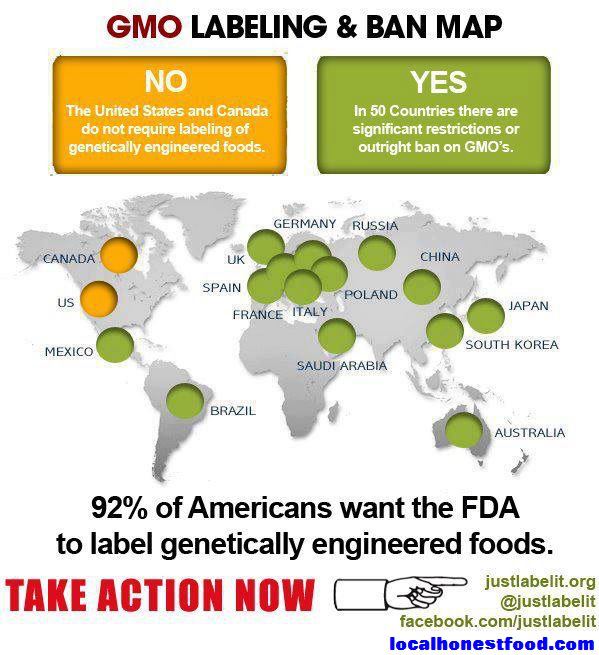In the twisted world of food safety and the federal government’s seemingly-random concern for public health, the U.S. Department of Agriculture (USDA) has proposed a rule requiring mechanically tenderized meat be labeled as such and even include specific cooking instructions. Yes, the USDA is concerned that having your meat beaten by a machine could be hazardous to your health, but when it comes to GMO-labeling they seem to care very little. All while Europe and other nations around the world reject Monsanto’s GMOs due to health and environmental hazards.
According to SuperMarketNews.com, the danger in mechanically tenderized meat (beef in particular) is that the machines can transfer pathogens from the outside of the meat into the inside. The Centers for Disease Control and Prevention has reportedly identified five outbreaks stemming from this practice since 2003.
All of this is very interesting considering the research that has shown genetically modified foods to trigger deadly tumors in lab rats, organ failure, and more.
The Consumers Union—a group who has also been deeply entrenched in getting the government to label GM foods—marks the tenderized-labeling rule as a victory. But, the real victory would come if the USDA took the same level of concern and applied it unilaterally to all foods. MORE
List of former-Monsanto players now in government roles:
- Tom Vilsack, the pro-biotech former governor of Iowa, now head of the USDA
- Michael Taylor, the former Monsanto Vice President, now the FDA Deputy Commissioner for Foods
- Roger Beachy, the former director of the Monsanto-funded Danforth Plant Science Center, now the director of the USDA National Institute of Food and Agriculture
- Islam Siddiqui, the former Vice President of the Monsanto and Dupont-funded pesticide-promoting lobbying group, CropLife, now the Agriculture Negotiator for the US Trade Representative
- Rajiv Shah, the former Gates Foundation agricultural-development director served as Obama’s USDA Under Secretary for Research Education and Economics and Chief Scientist, now head of USAID
- Ramona Romero, the corporate counsel to Dupont, nominated by President Obama to serve as General Counsel for the U.S. Department of Agriculture
History of Lead Use
1887 US medical authorities diagnose childhood lead poisoning 1904 Child lead poisoning linked to lead-based paints 1909 France, Belgium and Austria ban white-lead interior paint 1914 Pediatric lead-paint poisoning death from eating crib paint is described 1921 National Lead Company admits lead is a poison 1922 League of Nations bans white-lead interior paint; US declines to adopt 1943 Report concludes eating lead paint chips causes physical and
neurological disorders, behavior, learning and intelligence problems in
children1971 Lead-Based Paint Poisoning Prevention Act passed 1978 Lead-based house paint banned Lead in Paint
In more modern times, the durability of lead made it an excellent paint additive, but the sweetness made it tempting to young children. Childhood lead poisoning was linked to lead-based paints in 1904. Several European countries banned the use of interior lead-based paints in 1909. At one time baby cribs were painted with lead-based paint, which resulted in infant illness and death. In 1922, the League of Nations banned lead-based paint but the United States declined to adopt this rule. In 1943, a report concluded that children eating lead paint chips could suffer from neurological disorders including behavior, learning, and intelligence problems. Finally, in 1971, lead-based house paint was phased out in the United States with the passage of the Lead-Based Paint Poisoning Prevention Act.


No comments:
Post a Comment